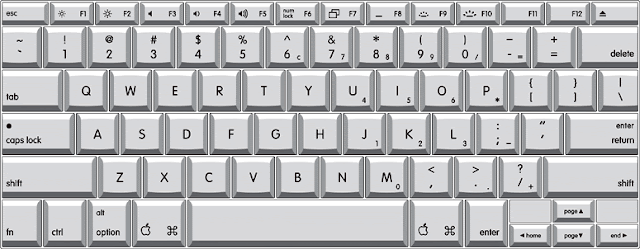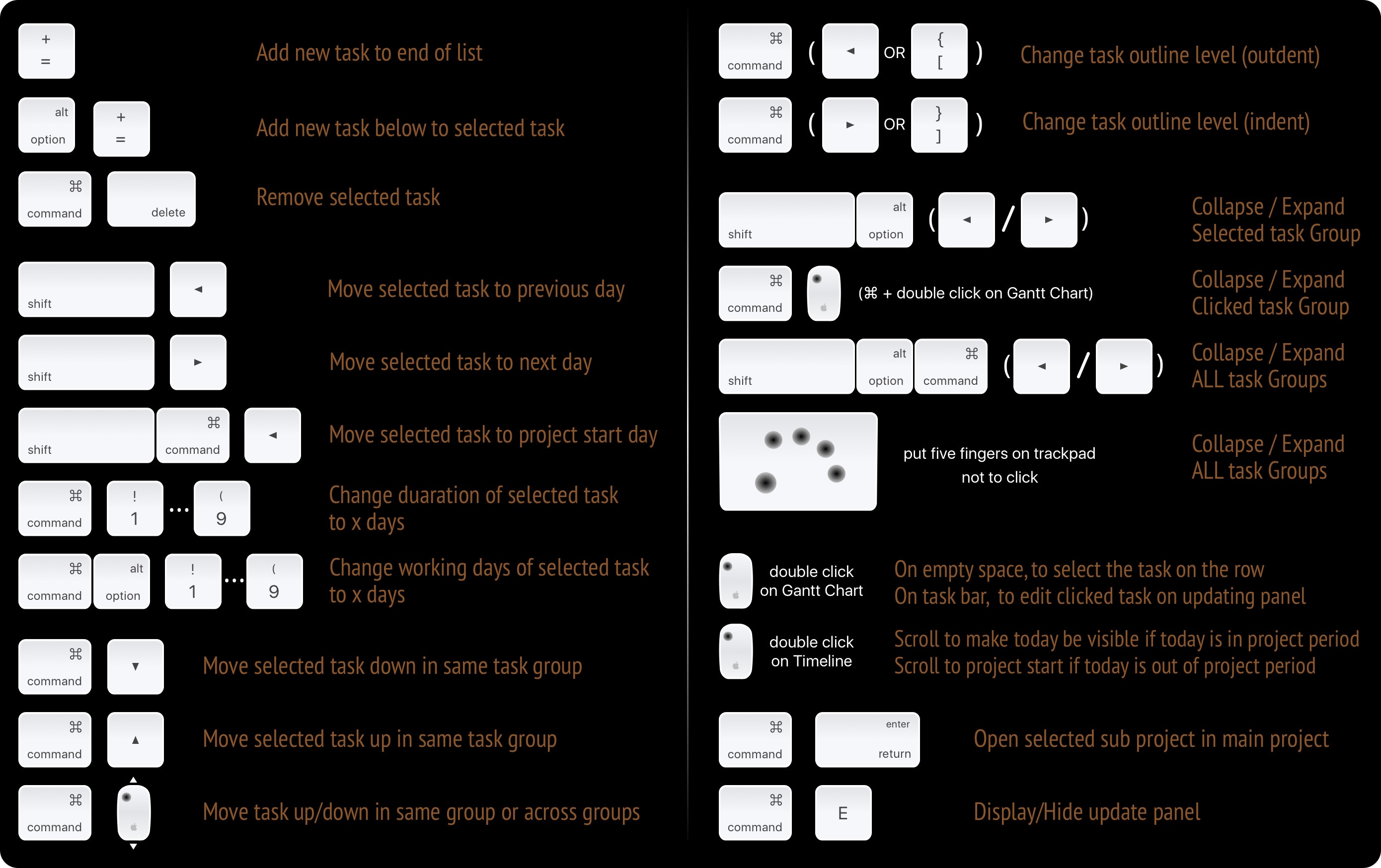
New Note with Date is a good example of a simple shortcut. If you go to the Gallery in the Shortcuts app, then click Starter Shortcuts, you’ll see some examples to get you started. They may have one or two actions, and may only use basic features of macOS. Shortcuts is designed to work on all Apple devices, though there are some shortcuts that will only run on specific devices, because they need certain hardware (such as a camera) or apps. When you create shortcuts, you can use them on your Mac, and, in many cases, also on your iPhone or iPad (and even, in some cases, on your Apple Watch). You can email or text your latest photo you can get directions to an upcoming event in your calendar you can email all the attendees of an event to say that you’re running late or you can even create a QR code for a website that you can send to others. In the Starter Shortcuts section of the Shortcuts app Gallery, you can see some examples of what you can do with Shortcuts.

There are lots of things you can do with shortcuts, but it’s hard to imagine all the possibilities. This is one of the advantages of shortcuts: you can get data from one app, and pipe it into another. Shortcuts can work on the Finder, and with third-party apps, and any shortcut can work with multiple apps. Shortcuts is an app that lets you run automation scripts to carry out repeated actions with a single click. In this article I’ll explain how Shortcuts work, and show you how you can leverage this app to save time on your Mac.

AppleScript requires that users learn a scripting language while Automator uses a drag-and-drop interface.Īpple brought automation to iOS in 2018 with Shortcuts, and now, with macOS Monterey, Shortcuts is coming to the Mac. From AppleScript, first added to the System 7 in 1993, through Automator, released with Mac OS X 10.4 in 2007, tools for automating repeated actions have saved Mac users a great deal of time. How To How to Use Shortcuts to Automate macOS MontereyĪpple has had a long history of automation tools on the Mac.


 0 kommentar(er)
0 kommentar(er)
